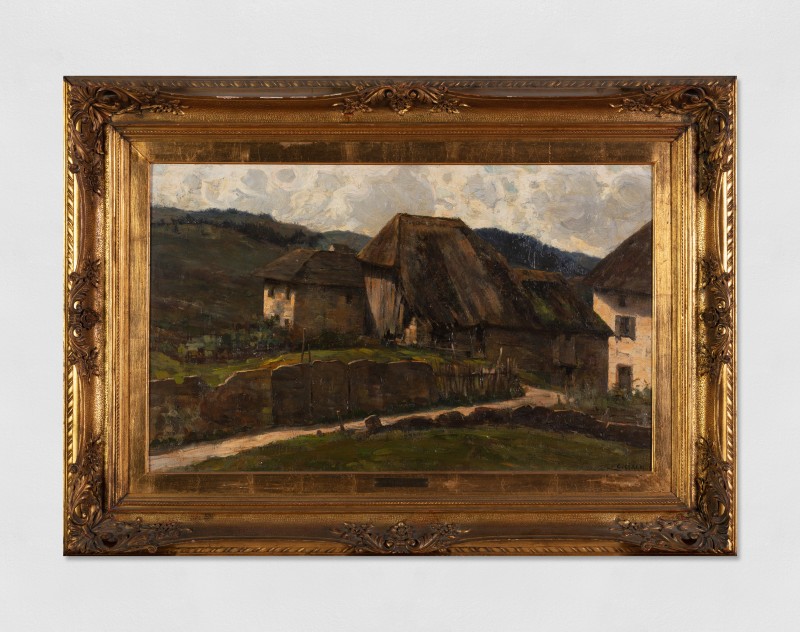-
Biography
Guglielmo Ciardi (Venice, Italy 1842 - Venice, Italy 1917)
Born into a middle-class family, Guglielmo Ciardi began his studies at the college of Santa Caterina, where his father hoped he might become a notary. In 1864, against his father’s wishes, Guglielmo enrolled at the Academy of Fine Arts in Venice.
He attended many courses, including one on perspective held by Federico Moja and one on landscapes by Domenico Bresolin. Thanks to the latter, he began to love open-air landscape painting.
Guglielmo undertook numerous study trips to further his artistic knowledge and study landscapes: he went to Florence in 1868, attracted by the innovation of the Macchiaioli school, and then on to Naples, where he attended the Resin School. Inspired by Nino Costa, he ended up in Rome, visiting the surrounding countryside. The combination of these places and the influence of Romantic painting greatly impacted his artistic practice.
Returning to Venice in 1869, he began to paint realistic scenes of lagoon and rural life. His paintings impressed with their clear and balanced structure as well as a rich variety of colours. It was thanks to these works that he gained fame as a leading Venetian open-air painter.
In 1878, he exhibited at the Universal Exposition in Paris with Favretto. In 1883, he took part in the International Exhibition of Munich, presenting five paintings. The following year, he took part in the foundation of the Venice Biennale, in which he participated for eleven editions.
In 1894, he became a professor of landscape painting at the Academy of Venice, where he remained until his death in 1917.
Photo UniCredit Group (Sebastiano Pellion di Persano)
-
Works
Guglielmo Ciardi: Italian, 1842-1917
A Venetian painter, leading artist of the open-air Venetian landscape painting.Join our mailing list
* denotes required fields
In order to respond to your enquiry, we will process the personal data you have supplied in accordance with our privacy policy.





